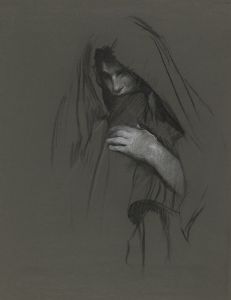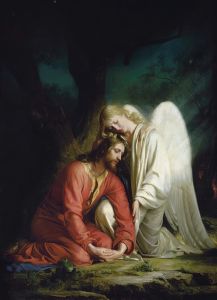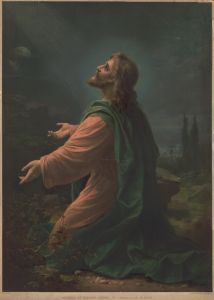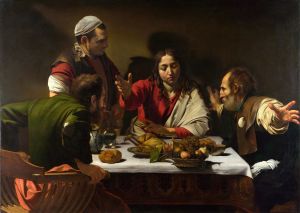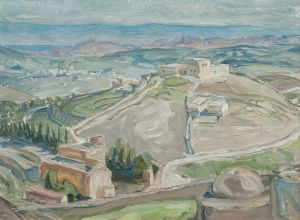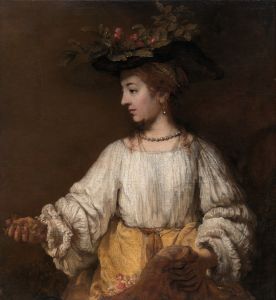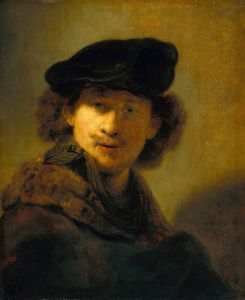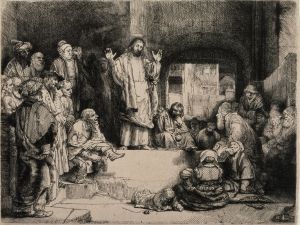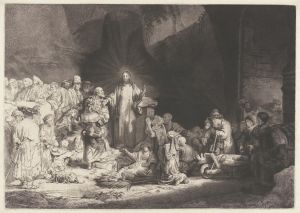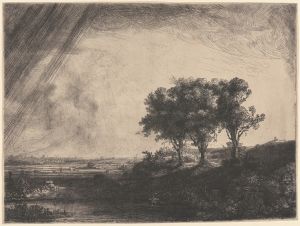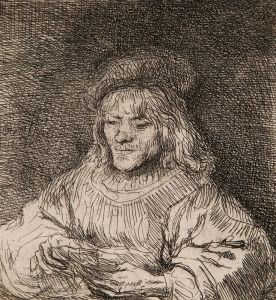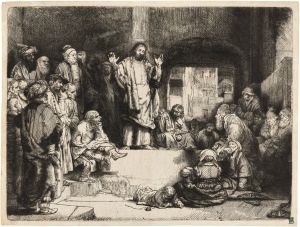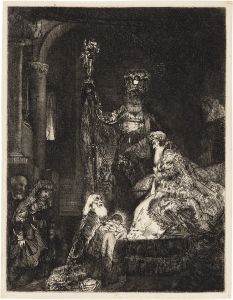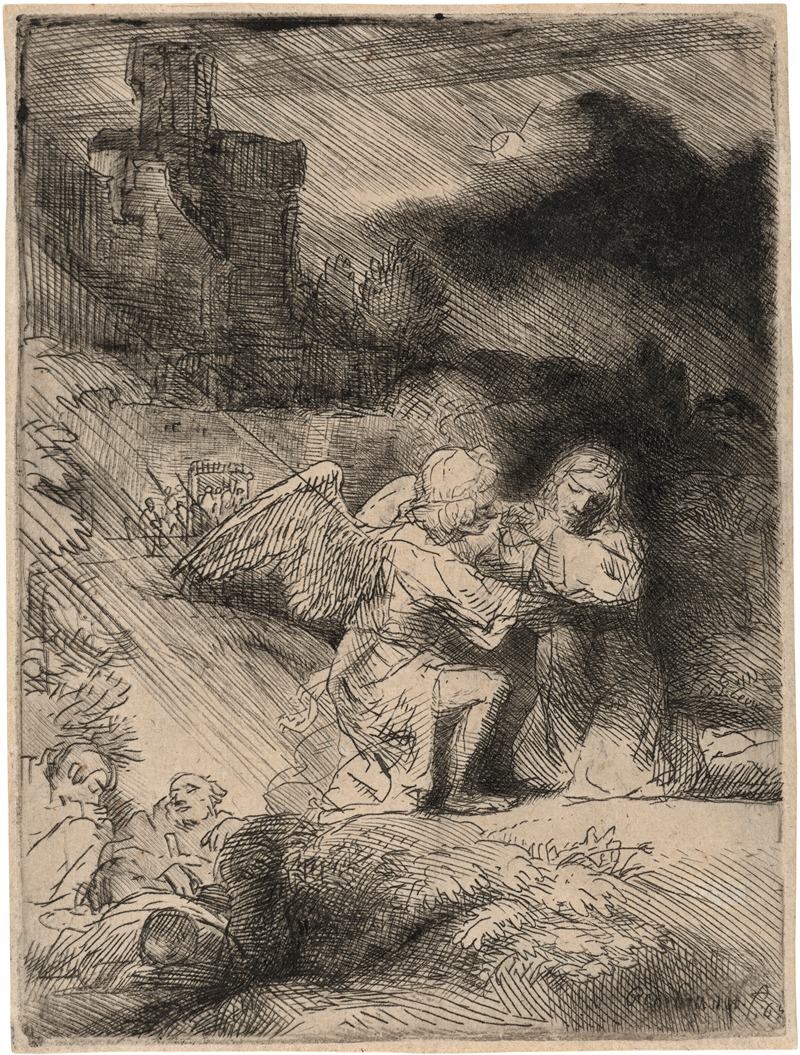
The Agony in the Garden
A hand-painted replica of Rembrandt van Rijn’s masterpiece The Agony in the Garden, meticulously crafted by professional artists to capture the true essence of the original. Each piece is created with museum-quality canvas and rare mineral pigments, carefully painted by experienced artists with delicate brushstrokes and rich, layered colors to perfectly recreate the texture of the original artwork. Unlike machine-printed reproductions, this hand-painted version brings the painting to life, infused with the artist’s emotions and skill in every stroke. Whether for personal collection or home decoration, it instantly elevates the artistic atmosphere of any space.
Rembrandt van Rijn, one of the most renowned artists of the Dutch Golden Age, is celebrated for his masterful use of light and shadow, as well as his profound ability to capture human emotion. Among his extensive body of work, "The Agony in the Garden" is a painting that reflects his deep engagement with biblical themes, although it is less frequently discussed compared to some of his other religious works.
"The Agony in the Garden" depicts a scene from the New Testament, specifically the moment of Jesus Christ's emotional and spiritual struggle in the Garden of Gethsemane, just before his arrest and subsequent crucifixion. This event is described in the Gospels of Matthew, Mark, and Luke, where Jesus, aware of his impending suffering, prays fervently to God. The scene is charged with emotion, capturing the tension between divine duty and human fear.
Rembrandt's interpretation of this biblical moment is consistent with his style, which often emphasizes the psychological depth of his subjects. In his religious paintings, Rembrandt frequently focused on the humanity of biblical figures, portraying them with a sense of realism and empathy that was groundbreaking for his time. This approach allowed viewers to connect with the spiritual and emotional experiences of the figures depicted.
While specific details about Rembrandt's "The Agony in the Garden" are scarce, it is known that he created several works on similar themes throughout his career. His religious paintings and etchings often explore the interplay of light and darkness, both literally and metaphorically, to highlight the spiritual significance of the scenes. This technique, known as chiaroscuro, is a hallmark of Rembrandt's work and contributes to the dramatic intensity of his compositions.
Rembrandt's religious works, including those depicting scenes from the life of Christ, were not only artistic endeavors but also reflections of his personal faith and the broader religious context of 17th-century Europe. The Protestant Reformation had a significant impact on art during this period, leading to a focus on personal devotion and the inner life of believers. Rembrandt's art resonates with these themes, offering a deeply personal interpretation of biblical narratives.
Although "The Agony in the Garden" by Rembrandt may not be as widely recognized as some of his other masterpieces, it exemplifies his ability to convey complex emotional states and spiritual truths through his art. His work continues to be studied and admired for its technical brilliance and its profound exploration of the human condition.
In summary, Rembrandt's "The Agony in the Garden" reflects his mastery of light and shadow, his empathetic portrayal of biblical figures, and his engagement with the religious and cultural currents of his time. While specific information about this particular painting is limited, it remains an important part of his oeuvre, illustrating his enduring impact on the world of art and his ability to capture the essence of human experience.





